𝐓𝐡𝐞 𝐇𝐢𝐬𝐭𝐨𝐫𝐲 𝐨𝐟 𝐭𝐡𝐞 𝐅𝐞𝐫𝐫𝐚𝐫𝐢 𝐅𝟒𝟎: 𝑻𝒉𝒆 𝑳𝒂𝒔𝒕 𝑭𝒆𝒓𝒓𝒂𝒓𝒊 𝑨𝒑𝒑𝒓𝒐𝒗𝒆𝒅 𝒃𝒚 𝑬𝒏𝒛𝒐
The History of the Ferrari F40: The Last Ferrari Approved by Enzo Ferrari
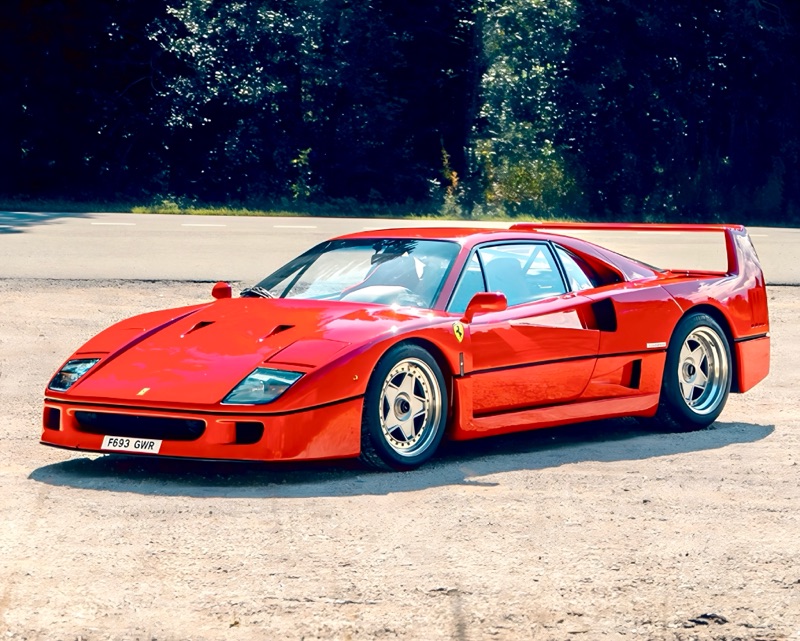
The Ferrari F40 is one of the most iconic and revered supercars in automotive history. More than just a high-performance machine, the F40 carries profound historical significance—it was the last Ferrari model personally approved by Enzo Ferrari, the legendary founder of the marque, before his death in 1988.
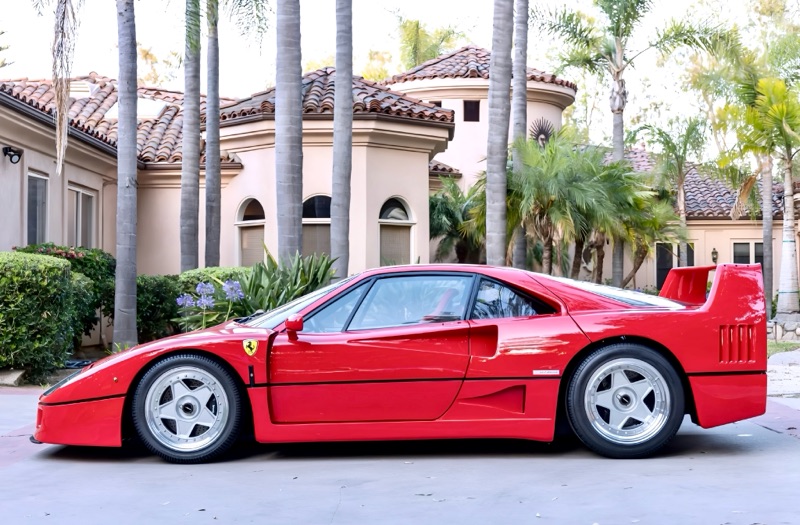
Released in 1987 to celebrate Ferrari’s 40th anniversary, the F40 became a symbol of pure automotive passion, unfiltered performance, and the end of an era.
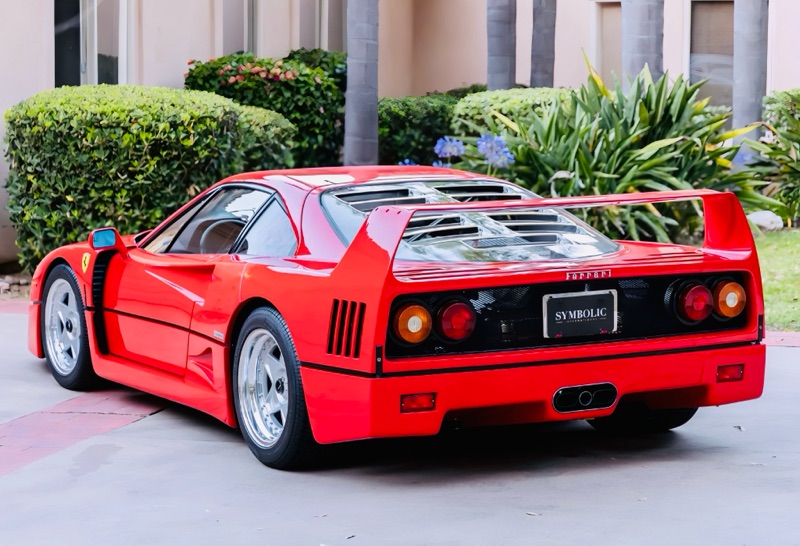
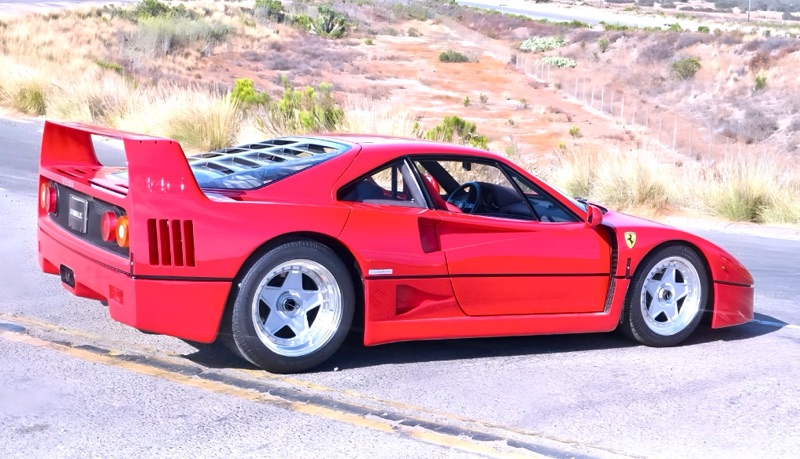
A Supercar Born from Legacy
The Ferrari F40 was envisioned as the successor to the Ferrari 288 GTO, a car that was initially developed for Group B racing. When the racing class was cancelled, Ferrari was left with the technological foundation of the 288 GTO Evoluzione—a project that would evolve into something far more ambitious. Enzo Ferrari, aware that his time was limited, wanted to leave behind a final masterpiece. His directive was clear: build the fastest, most exhilarating road car in Ferrari’s history.
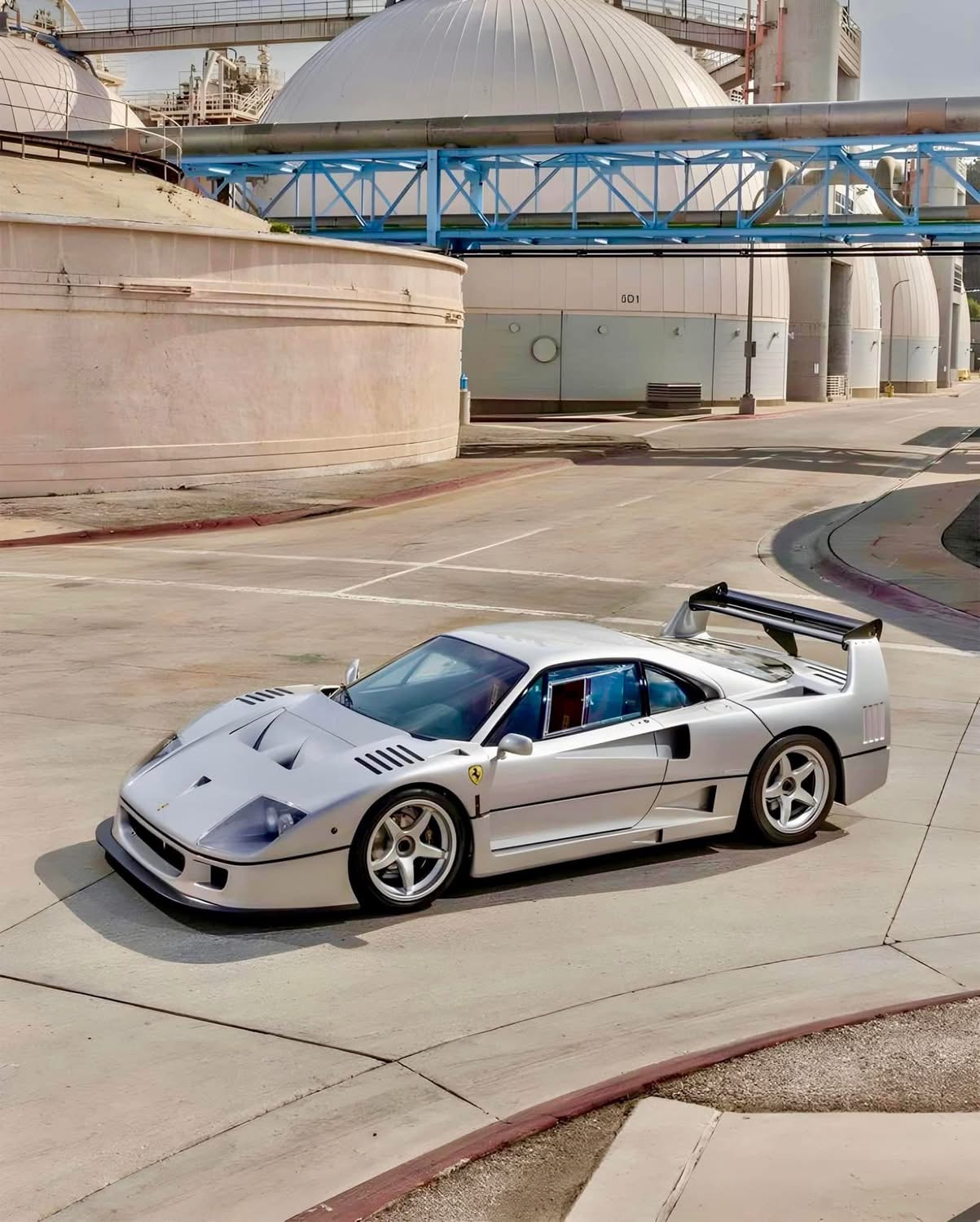

The result was the Ferrari F40, a machine designed not for luxury or comfort, but for raw speed and ultimate driver engagement. It was a race car for the road, stripped of unnecessary frills and engineered to thrill.
Design and Engineering: Form Follows Function
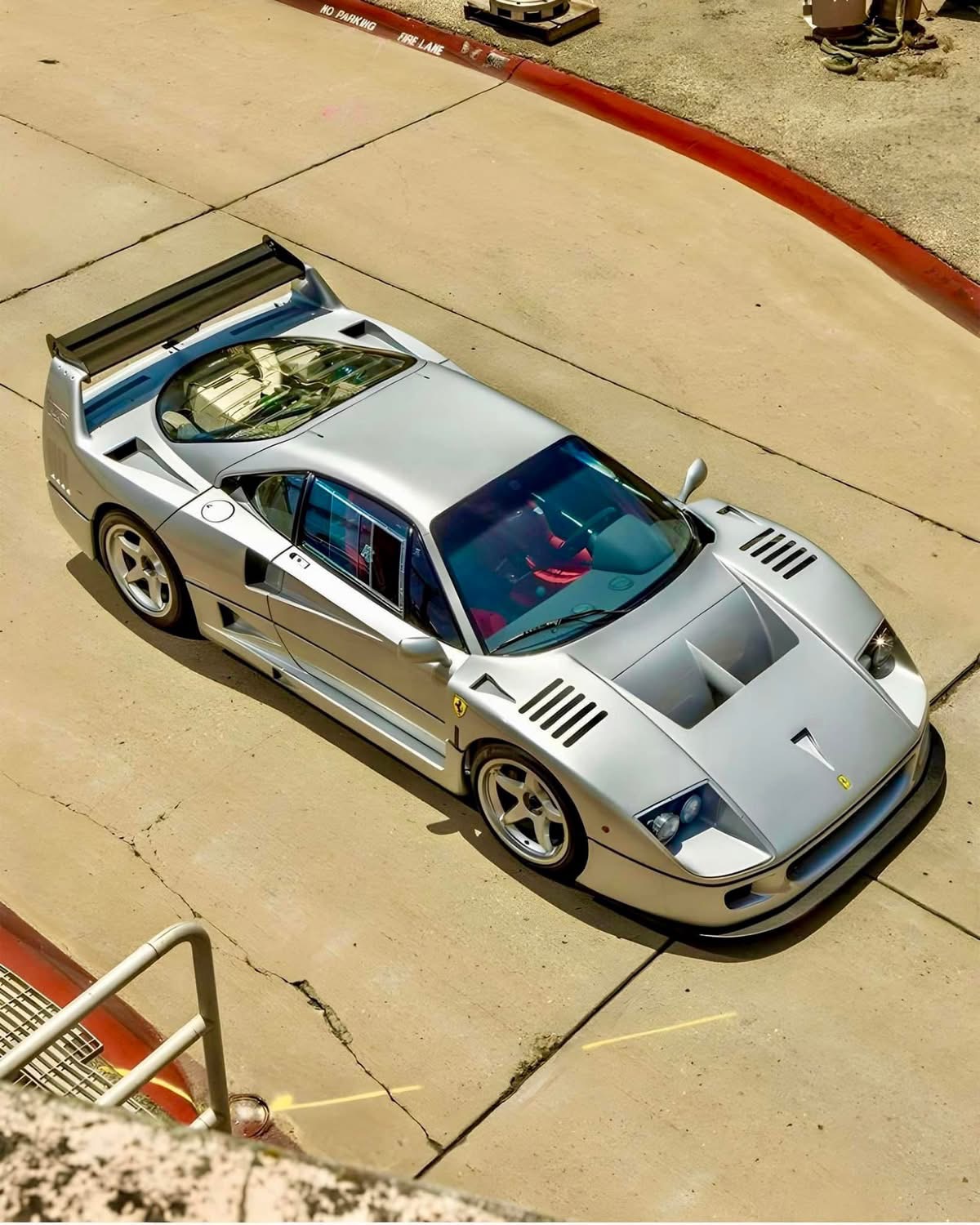
The F40’s design was crafted by Pininfarina, led by Leonardo Fioravanti, with a heavy focus on aerodynamic performance. The car featured sharp, aggressive lines, a massive rear wing, and lightweight body panels made from advanced materials like Kevlar, carbon fiber, and aluminum—cutting-edge for the time.
Weighing just 1,100 kg (around 2,425 lbs), the F40 had an astonishing power-to-weight ratio. Its minimalist, functional design extended into the interior: no carpets, no stereo, no sound insulation—just the essentials for a pure driving experience. The cockpit featured racing bucket seats, exposed carbon fiber, and a gated manual shifter, reinforcing its motorsport DNA.
Power and Performance: A Turbocharged Beast
Under the rear clamshell hood, the F40 housed a twin-turbocharged 2.9-liter V8 engine producing 478 horsepower and 426 lb-ft of torque. Mated to a 5-speed manual gearbox, the engine propelled the car from 0 to 60 mph in just 4.1 seconds, and it could reach a top speed of 201 mph (324 km/h)—making it the first production car to break the 200 mph barrier.
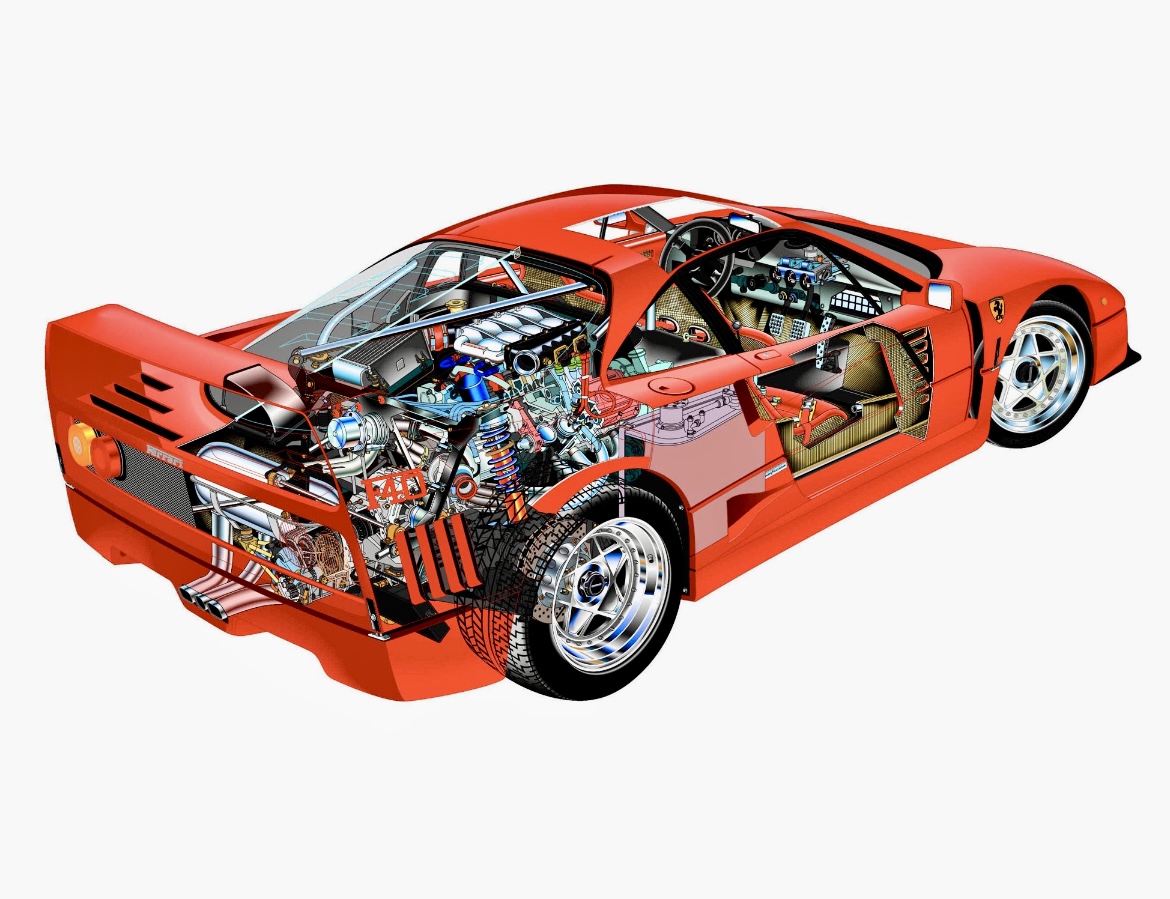
At the time of its launch, the Ferrari F40 was the fastest and most powerful production car Ferrari had ever built. Unlike later supercars that featured advanced electronics and driver aids, the F40 was devoid of traction control, ABS, or power steering. Every inch of it demanded respect, rewarding skilled drivers and punishing mistakes.
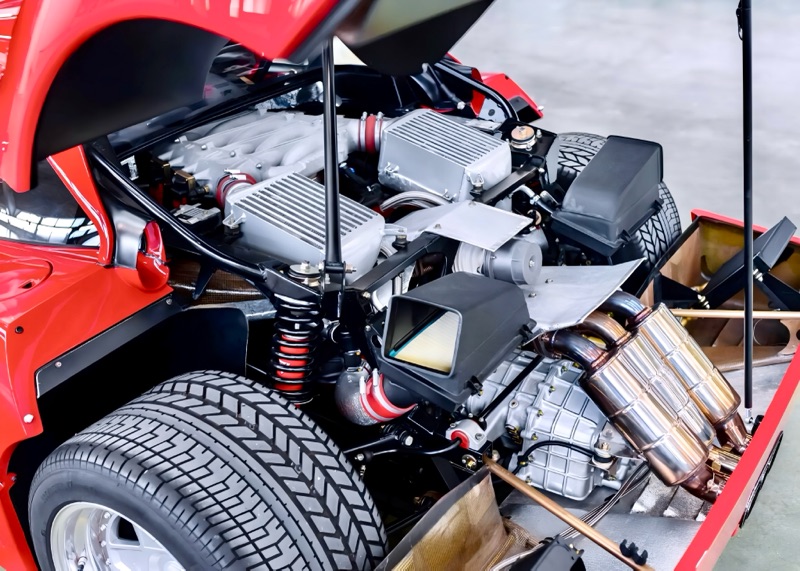
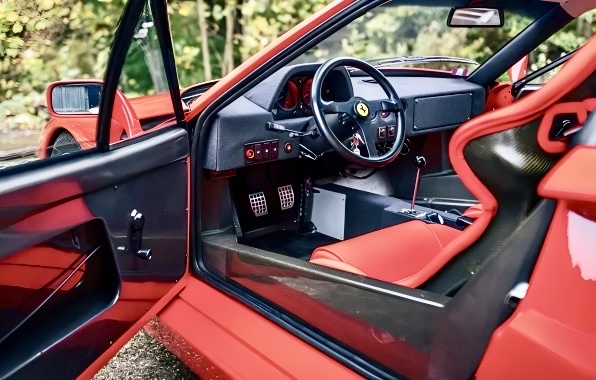
Limited Production and Lasting Legacy
Ferrari originally planned to produce just 400 units, but due to overwhelming demand and global acclaim, production was increased to 1,315 cars between 1987 and 1992. Despite the higher production numbers, the F40 remains a rare and coveted collector’s car.
What makes the F40 truly special isn’t just its speed or rarity—it’s the spirit behind the car. It represents Enzo Ferrari’s final vision, his parting gift to the world. As such, it holds a unique place in the brand’s heritage, often considered the last “pure” Ferrari before the company transitioned into a more modern era of computer-aided design and electronic controls.
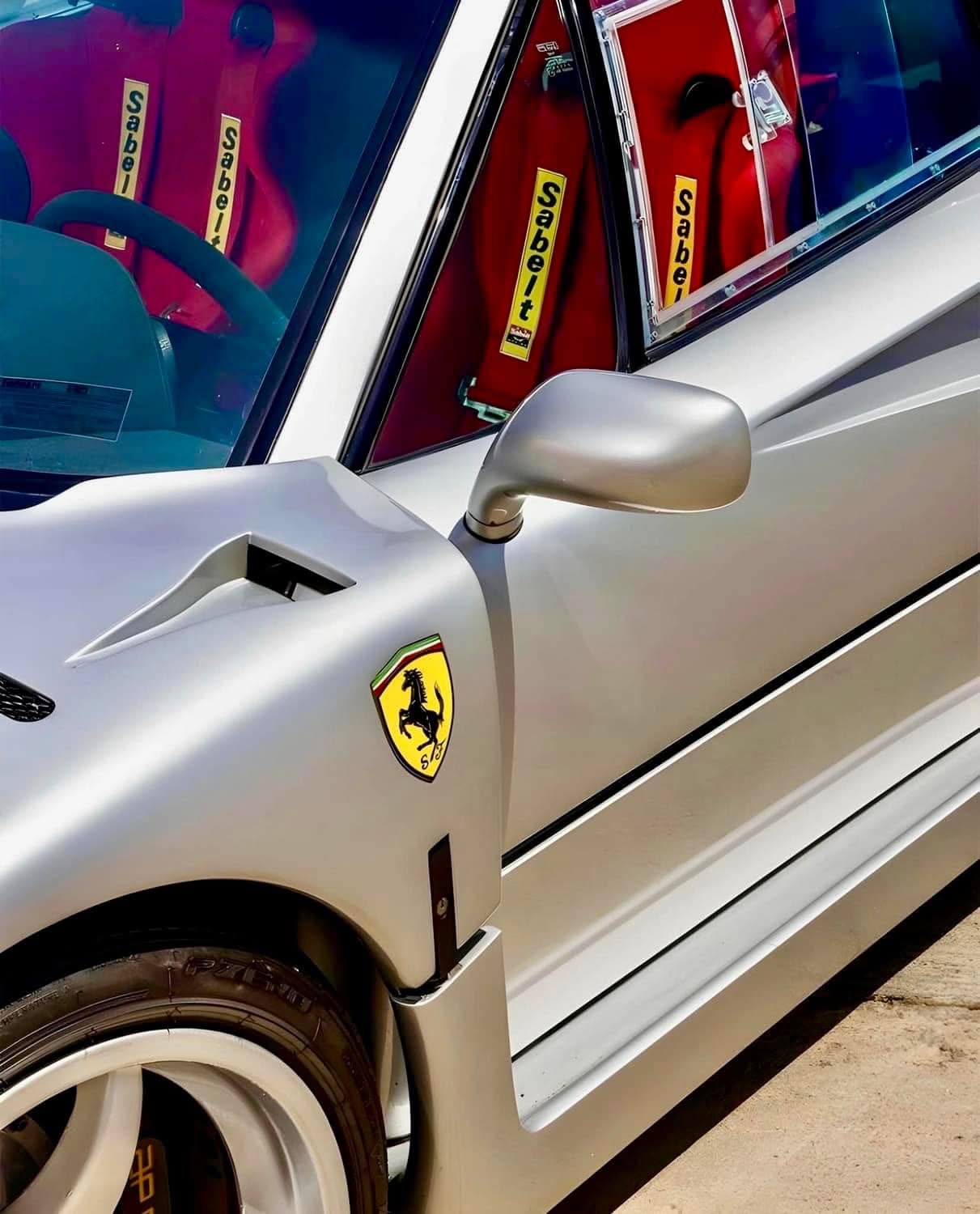
Cultural Icon and Collector’s Dream
The Ferrari F40 became an instant icon, not only for its performance but also for its presence in pop culture. From car magazines to posters on teenage bedroom walls, to appearances in video games and films, the F40 came to define what a supercar should be in the late 1980s and early 1990s.
Today, it’s one of the most desirable classic Ferrari supercars, with pristine examples selling for millions at auction. Collectors and enthusiasts alike revere the F40 for its timeless design, ferocious character, and the emotional weight of being Enzo Ferrari’s final masterpiece.
Conclusion
The Ferrari F40 is more than a car—it’s a legacy on wheels. As the last Ferrari signed off by Enzo himself, it embodies the soul of the brand at its most passionate and unfiltered. Its raw power, lightweight design, and uncompromising focus on performance make it a true legend in the world of supercars. For any enthusiast of classic Ferraris, the F40 isn’t just a milestone—it’s the mountaintop.
Comments
Post a Comment